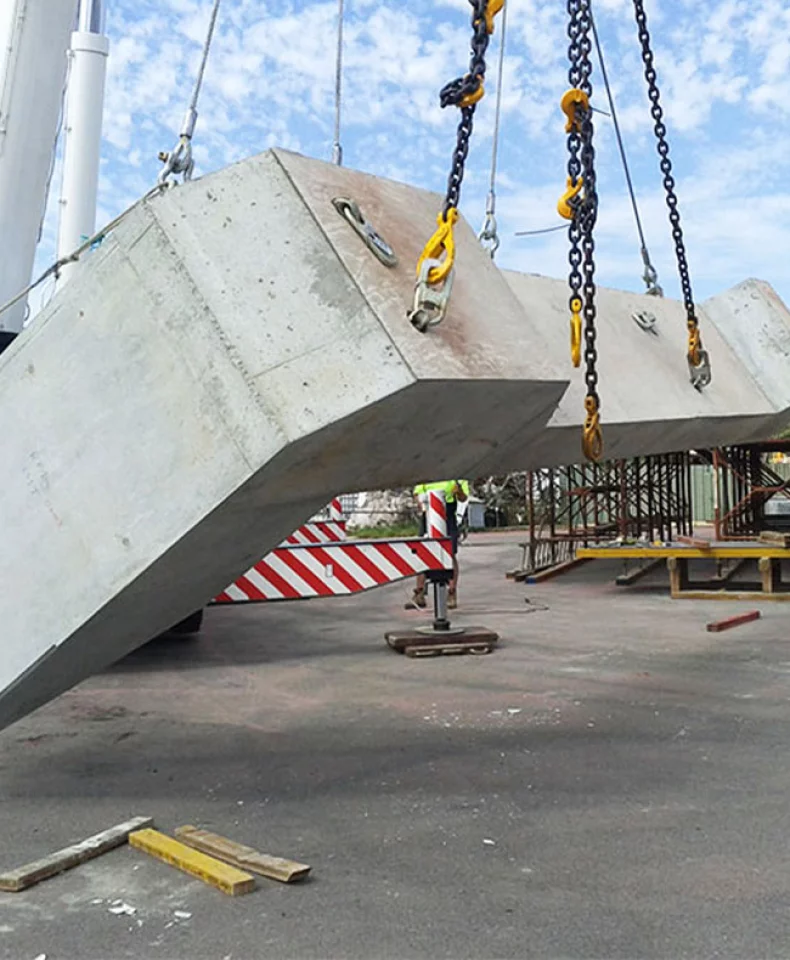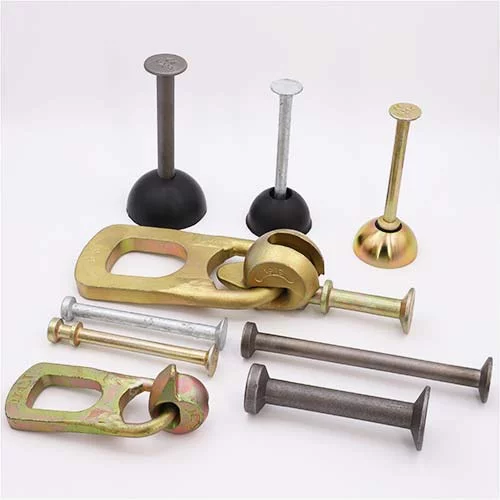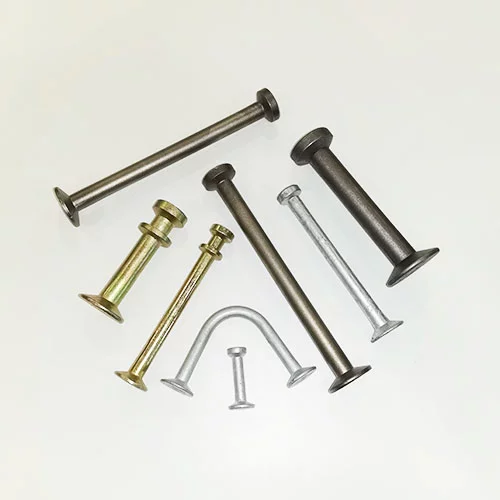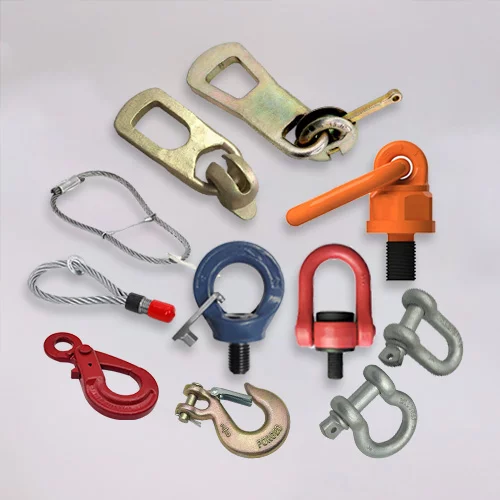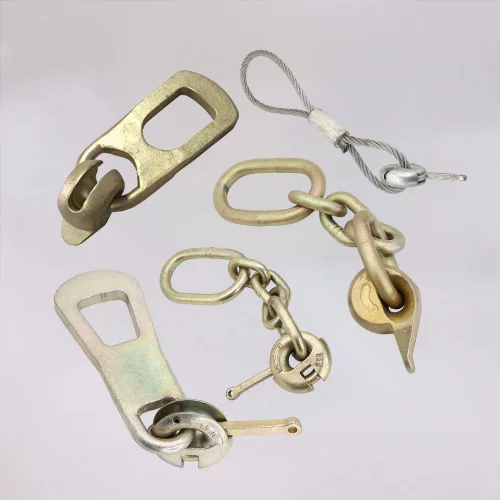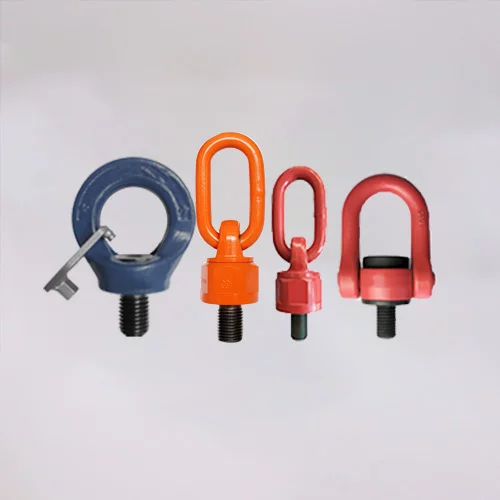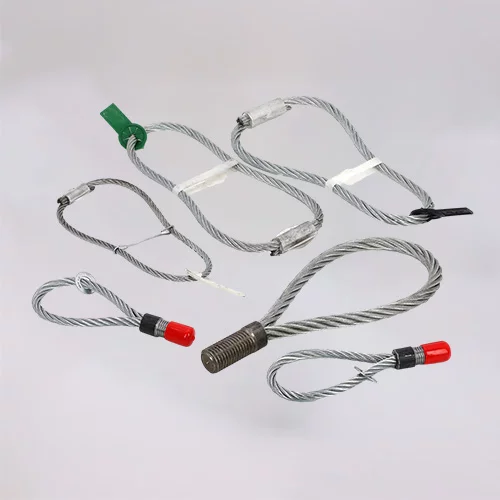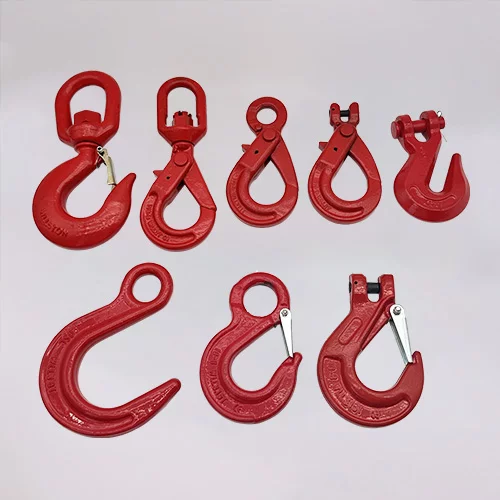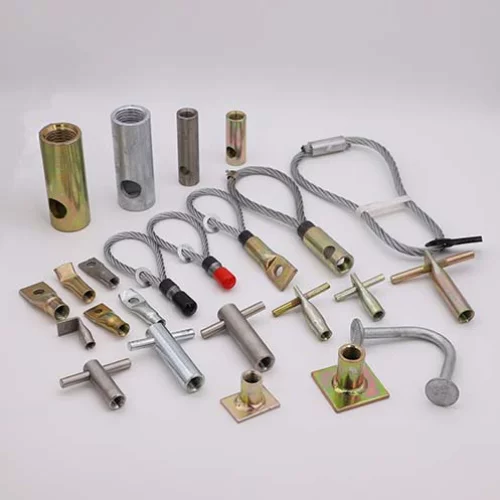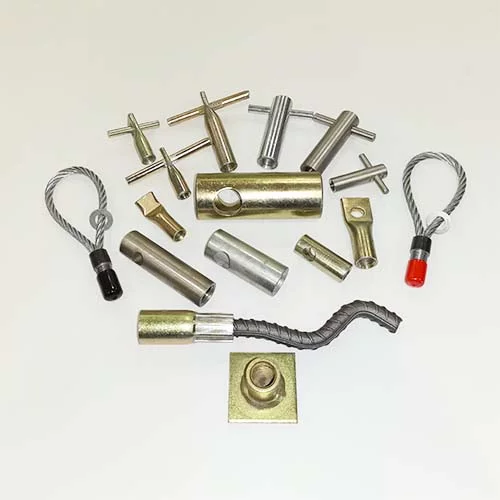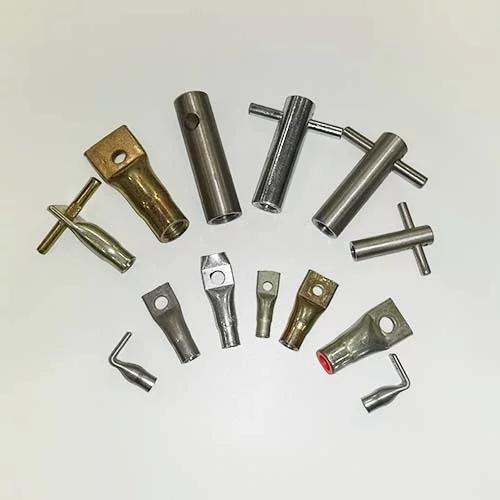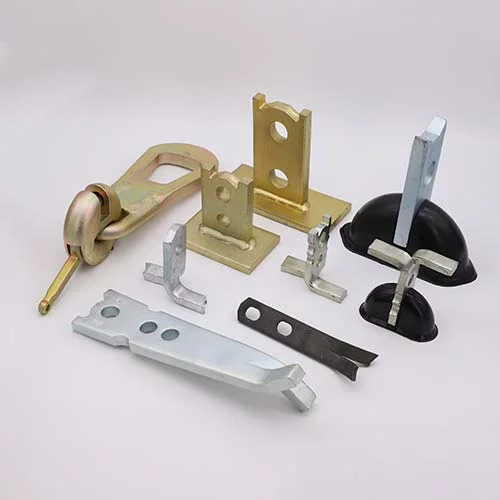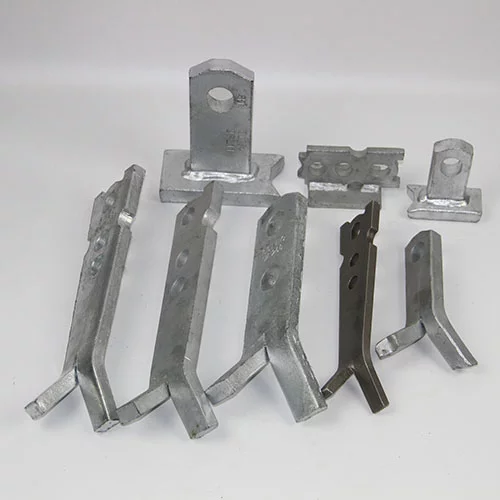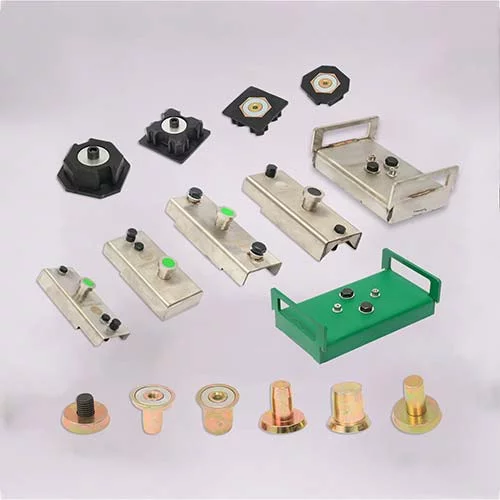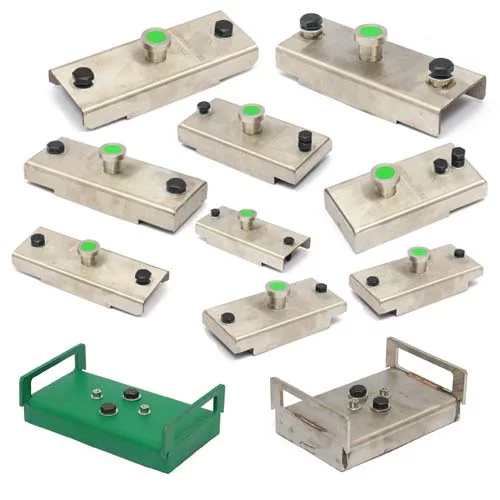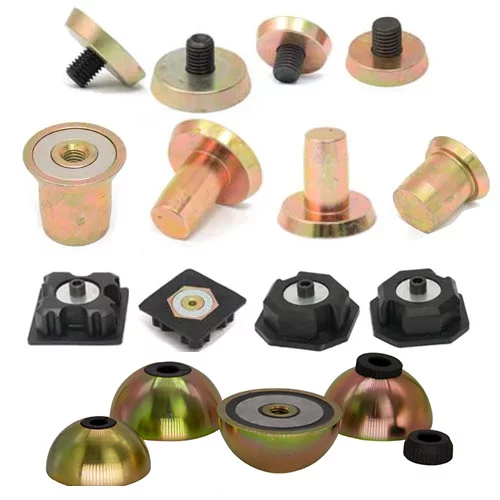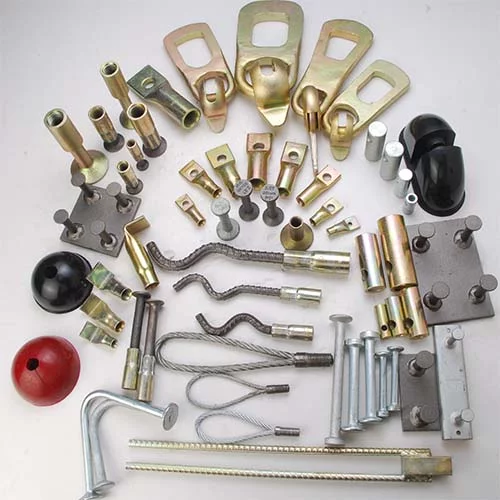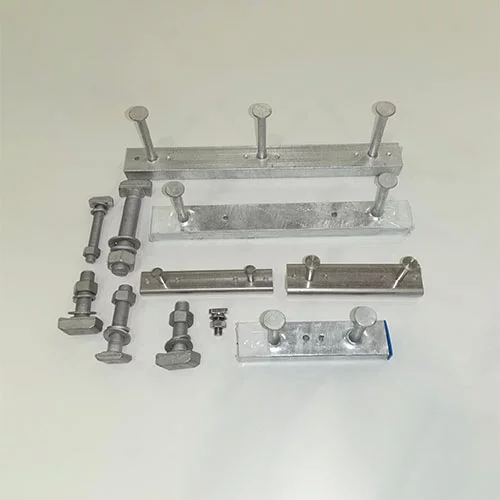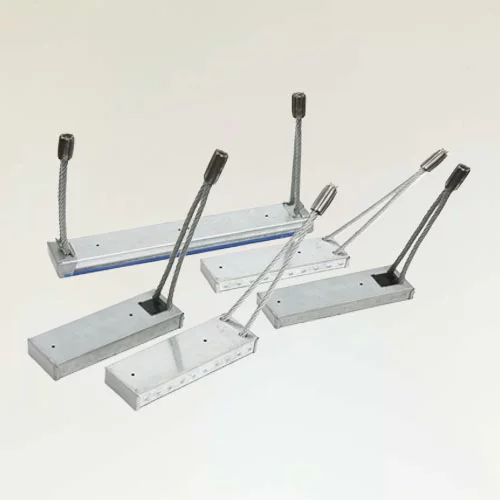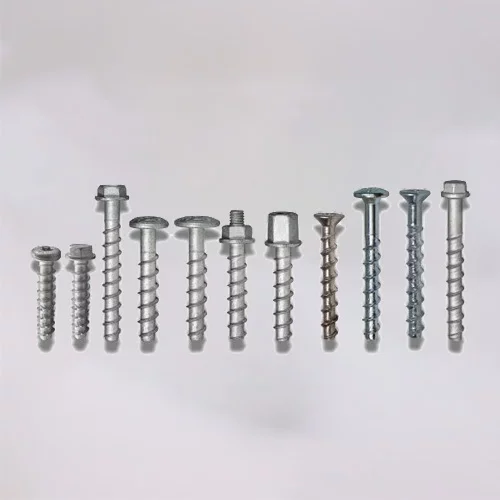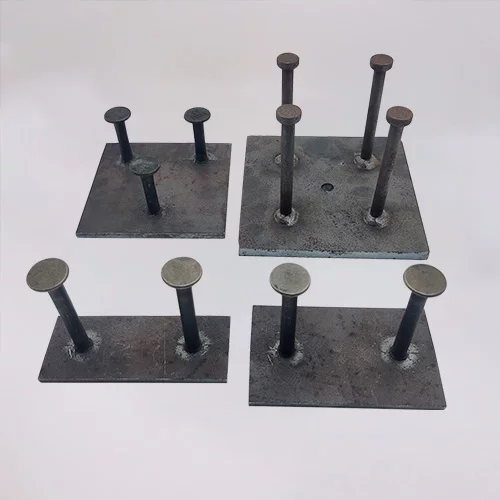A Comprehensive Guide to Using Fixing Sockets
Article Guidance:
Maintenance and Best Practices

Fixing sockets, also known as anchor sockets or insert sockets, are essential components in various construction and engineering applications. These sockets are designed to provide a secure and reliable anchor point for fasteners, bolts, or threaded rods, enabling the attachment of structural elements and equipment to concrete, masonry, or other solid substrates. In this comprehensive guide, we will delve into the fundamentals of using fixing sockets, exploring their types, installation methods, and best practices.
Types of Fixing Sockets
Fixing sockets come in various types, each tailored to specific applications and load requirements. The following are some common types of fixing sockets:
1. Expansion Sockets:
- Expansion sockets use expansion mechanisms, such as wedges or sleeves, to create a secure anchorage. They are suitable for both light and heavy-duty applications.
2. Undercut Sockets:
- Undercut sockets utilize a unique design that increases their load-bearing capacity. They are commonly used in critical applications where high loads are expected.
3. Threaded Sockets:
- Threaded sockets feature internal threads that allow for the direct attachment of threaded rods, bolts, or other fasteners.
4. Swage Sockets:
- Swage sockets are typically used in wire rope applications. They are designed to hold wire ropes securely in place.
5. Dowel Sockets:
- Dowel sockets are often employed in situations where alignment is crucial. They provide accurate positioning for structural elements.
Installation Process
Proper installation of fixing sockets is critical to ensure the safety and longevity of your structure. Below is a step-by-step guide to using fixing sockets effectively:
1. Safety Precautions:
- Before you begin, ensure that you are equipped with appropriate personal protective equipment (PPE), including safety goggles, gloves, and a dust mask, as the installation process may generate dust and debris.
2. Site Inspection:
- Examine the installation site to confirm that it is suitable for fixing socket placement. Ensure that the substrate (e.g., concrete or masonry) is structurally sound and free from cracks, voids, or other defects.
3. Socket Selection:
- Choose the appropriate type and size of fixing socket based on your specific application and load requirements. Consult engineering specifications if necessary.
4. Marking and Layout:
- Mark the desired locations for the fixing sockets using chalk lines or a pencil. Ensure accurate spacing and alignment to meet your project's requirements.
5. Drilling:
- Use a rotary hammer drill with a masonry bit that matches the size of the fixing socket. Drill holes to the required depth, making sure they are clean and free from debris. The hole depth should be slightly deeper than the socket's length to allow for proper anchorage.
6. Cleaning:
- Remove dust and debris from the drilled holes using a wire brush or a vacuum cleaner. Clean holes are essential for proper socket installation.
7. Installation:
- Insert the fixing socket into the prepared hole, making sure it sits flush with the substrate's surface. Follow the manufacturer's recommendations for any specific installation tools or techniques.
8. Expansion:
- For expansion sockets, engage the expansion mechanism (e.g., wedge or sleeve) by tightening the appropriate fastener. Ensure that the socket is securely anchored in the hole.
9. Torque Control:
- If specified, use a torque wrench to achieve the recommended torque during installation. Proper torque control ensures the socket's stability and load-bearing capacity.
10. Inspection:
- Visually inspect each installed fixing socket to confirm that it is properly seated and aligned. Check for any signs of misalignment, damage, or incomplete expansion.
11. Testing:
- If required, conduct load tests on a representative sample of fixing sockets to verify their performance under anticipated loads. Follow industry standards and guidelines for load testing procedures.
Maintenance and Best Practices
To ensure the long-term integrity of your fixing sockets, consider the following maintenance and best practices:
1. Regular Inspection:
- Periodically inspect fixing sockets for signs of corrosion, damage, or loosening. Replace any damaged or compromised sockets promptly.
2. Corrosion Protection:
- Implement corrosion protection measures, such as galvanization or epoxy coatings, as necessary, especially in environments with high humidity or exposure to corrosive substances.
3. Load Capacity:
- Always adhere to the manufacturer's load capacity specifications and avoid overloading fixing sockets, as this can compromise their performance and safety.
4. Consult Professionals:
- When in doubt or dealing with complex applications, consult with structural engineers or experienced professionals to ensure the proper selection and installation of fixing sockets.
Fixing sockets are indispensable components in construction and engineering projects, providing secure anchorage points for various applications. Proper installation, selection, and maintenance of fixing sockets are essential to ensure the safety and durability of your structures. By following the guidelines outlined in this comprehensive guide, you can use fixing sockets with confidence, knowing that they will reliably serve their intended purpose for years to come. Always prioritize safety and adhere to industry standards and best practices when working with fixing sockets.
Article Navigation
PRECAST CONCRETE ACCESSORIES
OTHER RELATED ARTICLE
Other Precast Concrete Accessories You Might Want to Know
You can click to learn more about HULK Metal precast concrete accessories such as lifting anchors, precast sockets, spread anchors, shuttering magnets, cast-in channels, wire loop boxes, and other precast concrete accessories you might want to know.
